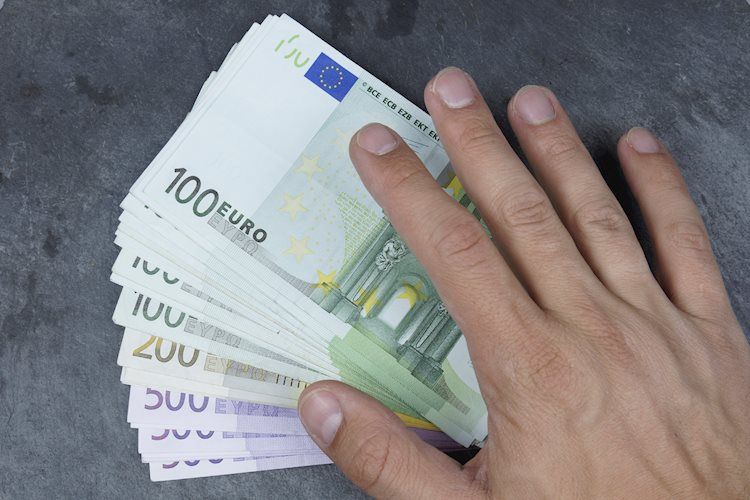
- EUR/USD rebounds from the sub-1.0700 zone.
- L. de Guindos said the ECB needs further time before cutting rates.
- The economy of the euro area expanded 0.1% YoY in Q4.
The modest retracement in the US dollar (USD) triggered a decent bounce in risk-oriented assets on Wednesday, encouraging EUR/USD to regain some balance and leave the area of yearly lows in the sub-1.0700 zone.
The knee-jerk in the Greenback coincided with a noticeable pullback in US yields across various maturity periods amidst some profit-taking mood following recent strong gains.
In the meantime, investors continued to entertain the possibility of the Federal Reserve (Fed) initiating a cycle of monetary easing, potentially commencing in June. This shift comes after US inflation figures for the first month of the year came in above expectations, leading market participants to reassess the timing of potential rate adjustments to later dates than previously anticipated.
Speaking about rate cuts, the CME Group’s FedWatch Tool indicates around a 35% probability of a rate reduction by the Fed in May, while the likelihood of such a move stands at nearly 54% for the June 12 event.
Regarding the Fed, A. Goolsbee (Chicago) emphasized that even in the event of slightly higher inflation over the coming months, it would still align with the Committee’s trajectory towards the target. He expressed disagreement with the notion of waiting until inflation reaches 2% on a 12-month basis before considering rate cuts, advocating instead for rate adjustments to be linked to confidence in progress towards the target rate. He characterized the current policy stance as notably restrictive, cautioning that prolonged restrictions could pose concerns regarding the employment aspect of their mandate.
On the ECB’s side, Vice President L. de Guindos remarked that although progress is being made, caution is warranted to avoid premature conclusions. He emphasized the need for additional time to gather necessary information, pointing out that wage pressures remain elevated and there is insufficient data to confirm any easing trends. Additionally, he noted the potential for profit margins to remain stronger than expected. De Guindos highlighted the possibility of increased geopolitical tensions, particularly in the Middle East, which could elevate energy prices and disrupt global trade.
EUR/USD daily chart
EUR/USD short-term technical outlook
If the EUR/USD breaches the lowest point of 2024 at 1.0694 (which occurred on February 14), it may then target the November 2023 low of 1.0516 (recorded on November 1). The loss of the later could spark a move to the weekly low of 1.0495 (printed on October 13, 2023) prior to the 2023 bottom of 1.0448 (which happened on October 3) and the round level of 1.0400.
As long as the EUR/USD trades below the 200-day Simple Moving Average (SMA) of 1.0828, the outlook for the pair is expected to remain negative.
On a positive note, for EUR/USD to advance further, it must exceed the weekly high of 1.0932 (reached on January 24) in order to hit the next weekly peak of 1.0998 (recorded on January 11), which underpins the psychological barrier at 1.1000. Further north of this region aligns the December 2023 top of 1.1139 (which occurred on December 28).
Looking at the four-hour chart, some support emerged around the 1.0700 neighbourhood. If there are bullish advances, they may target 1.0805, which coincides with the 100-SMA. After that, the next levels to watch would be the 200-SMA at 1.0873 ahead of 1.0897. On the other hand, if there is a break below 1.0694, it suggests an initial decline to 1.0656. The Moving Average Convergence Divergence (MACD) retreated further into the negative area, and the Relative Strength Index (RSI) is hovering around the 43 region.
